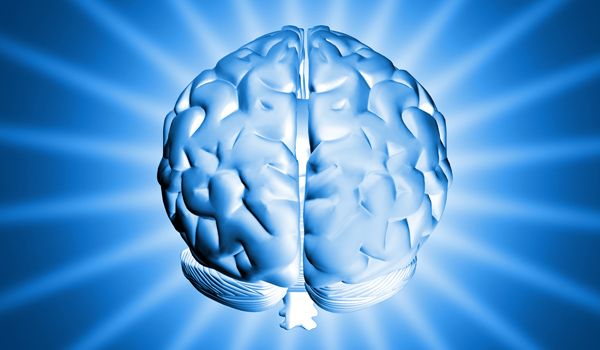Signs of Brain Disease Found in Living NFL Players

Possible signs of a degenerative brain disease linked to concussions have been found in several living former professional football players, a new study says.
Previously, the brain disease, called chronic traumatic encephalopathy, or CTE, had been diagnosed only after autopsy.
The condition causes symptoms such as impaired learning and memory, and has been linked to depression and suicide. Several National Football League players who have committed suicide, including Junior Seau and Dave Duerson, were later found to have the disease.
During the study, the five retired players, ages 45 to 73, most of whom had thinking or mood problems, were injected with a chemical marker called FDDNP that binds to a protein called tau in the brain. Then the researchers used a positron emission tomography (PET) scan to check the men's brains for abnormal deposits of tau — a sign of CTE.
This imaging technique was previously developed by the researchers to study Alzheimer's disease. (A buildup of tau has also been linked to Alzheimer's disease.)
The results showed FDDNP levels were higher in the brains of the former NFL players compared with healthy people. Levels were elevated in brain areas involved in emotional control, as well as learning, memory and behavior.
Strikingly, researchers saw the same pattern of tau buildup in the retired NFL players that had been seen in players with CTE during autopsy, said study researcher Dr. Gary Small, a professor of psychiatry and biobehavioral sciences at the University of California, Los Angeles Semel Institute for Neuroscience and Human Behavior.
Sign up for the Live Science daily newsletter now
Get the world’s most fascinating discoveries delivered straight to your inbox.
The results from the current study can't say definitively that these former athletes have CTE. Because the study was small, larger studies that follow players for longer periods of time are needed to confirm the findings, Small said.
But the findings suggest it may be possible to identify CTE early, before damage has become extensive, Small said.
Potentially, researchers might be able to treat CTE and stop its progression if it's identified early. However, no such treatments currently exist.
In addition to affecting professional athletes, CTE has been found in military veterans during autopsy. The disease is thought to be caused by repeated blows to the head, or by exposure to powerful blasts, like those caused by an improvised explosive device (IED).
The five retired players who participated in the new study all had suffered at least one concussion in the past. Three players had been diagnosed with mild cognitive impairment, one had dementia and one had normal mental function. The players also had more symptoms of depression than did healthy men.
"I hope that my participation in these kinds of studies will lead to a better understanding of the consequences of repeated head injury and new standards to protect players from sports concussions," Wayne Clark, a player in the study who had normal cognitive function, said in a statement. Clark, 65, played for the San Diego Chargers and Kansas City Chiefs in the 1970s. Despite having normal cognitive function, his brain scan also showed tau build-up, the researchers said.
For patient confidentiality reasons, the names of the other players in the study were not released.
Previous research has found anomalies in the brain's white matter in former NFL players. Researchers may have to combine results from several brain imaging techniques, as well as look at genetic factors, to diagnose CTE in living people, Small said.
UCLA owns a patent on the particular method used in this study for imaging tau protein. Small and other researchers involved in the study have received royalties from the invention.
The new study is published today (Jan. 22) in the American Journal of Geriatric Psychiatry.
Pass it on: Researchers may have come up with a way to diagnose chronic traumatic encephalopathy, or CTE, in people while they are still alive.
Follow Rachael Rettner on Twitter @RachaelRettner, or MyHealthNewsDaily @MyHealth_MHND. We're also on Facebook & Google+.

Rachael is a Live Science contributor, and was a former channel editor and senior writer for Live Science between 2010 and 2022. She has a master's degree in journalism from New York University's Science, Health and Environmental Reporting Program. She also holds a B.S. in molecular biology and an M.S. in biology from the University of California, San Diego. Her work has appeared in Scienceline, The Washington Post and Scientific American.











